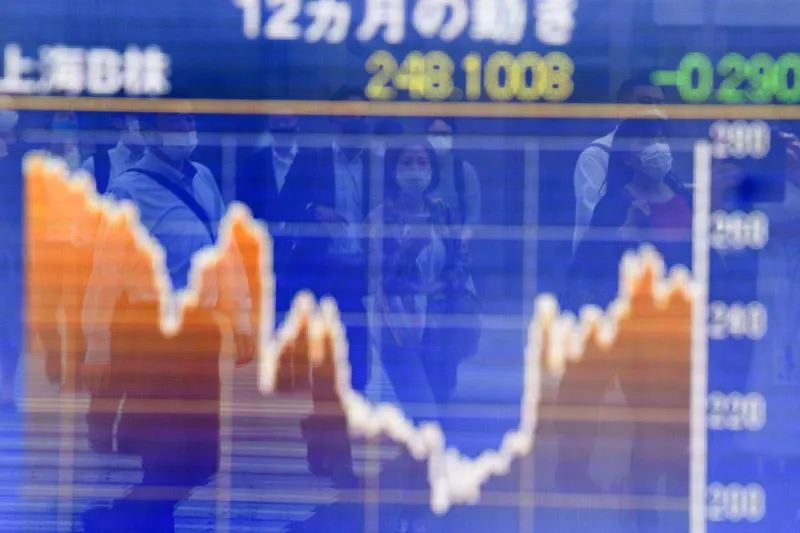The best diversification an investor can get might come from mixing only two asset classes: stocks and bonds.
This is according to new research from Richard Ennis, a former editor of the Financial Analysts Journal and founder of investment consultancy EnnisKnupp. According to the study, anything beyond those two public asset classes — including real estate, private equity, venture capital, and other alternative investments — adds only fees and hard-to-manage complexity.
Ennis believes that the standard model used by institutional investors, including public pension funds and endowments, to construct their portfolios is not working. The majority use 8 to 12 asset classes and 100 or more investment managers, which charge 1 percent to 2 percent in fees annually. “It has failed to provide diversification benefits and proven to be a serious drag on performance,” Ennis wrote in the paper, called “Failure of the Standard Model of Institutional Investment.”
“Many experts have been skeptical of this framework,” Ennis told Institutional Investor in an interview. “One of the first people I had review the paper was Dick Thaler,” the 2017 recipient of the Nobel Memorial Prize in Economic Sciences for his contributions to behavioral economics. “His reaction was, ‘So what? You have 100 managers — what do you expect?’” Ennis added. “Many experts will say, ‘Of course this doesn’t work.’ I’m just demonstrating what so many people have long been questioning.”
Ennis’s paper is out for comment and will be published in a peer-reviewed journal next year.
Ennis has previously looked at the long-term underperformance of large institutional investors, but the new paper evaluates why they lag simpler stock and bond portfolios.
As part of the study, Ennis first analyzed the performance of a composite of U.S. public pension funds and a composite of large endowments portfolios for the 12 years after the global financial crisis. “It is worth emphasizing that these are two entirely different sets of institutional actors and investment portfolios,” he wrote in the paper. “But in terms of their performance footprints, the two are so similar as to be virtually indistinguishable.”
As Ennis told II: “I can explain 99 percent-plus of the return variability by stocks and bonds.”
[II Deep Dive: Institutions Know They’re Being Hoodwinked by Private Equity]
The study shows that after the global financial crisis, alternatives such as real estate generated negative excess returns that were essentially equal to the costs of the investments. What happened is investors flooded these asset classes and drove alpha into the ground, according to Ennis. In addition, institutional investors started using multiple managers in each asset class. That kept costs high, even as these managers started creating complexity and cancelling out each other’s high conviction bets.
“During the Golden Age of Alternative Investments (FYs 1994-2008), eye-popping alphas were mistaken, in part, at least, for enduring diversification effects such as those associated with stocks and bonds in combination,” Ennis wrote in the paper.
The research also finds that performance between 1994 and 2008 wasn’t as impressive once the year 2000 was omitted from the data set.
“Because of the dot-com bubble and the fact that the endowments had astutely piled into venture capital primarily, they had mind-boggling returns. But if you omit 2000, the pattern was the same as what we observed more recently,” he told II.
“Some of the early movers did so well in that time that it cast a glow over the whole process,” Ennis added. “As a result, this pseudo diversification concept that wasn’t really there got elevated to being a great thing. In fact it was some fantastic IPOs in ’99 that produced fantastic results.”







